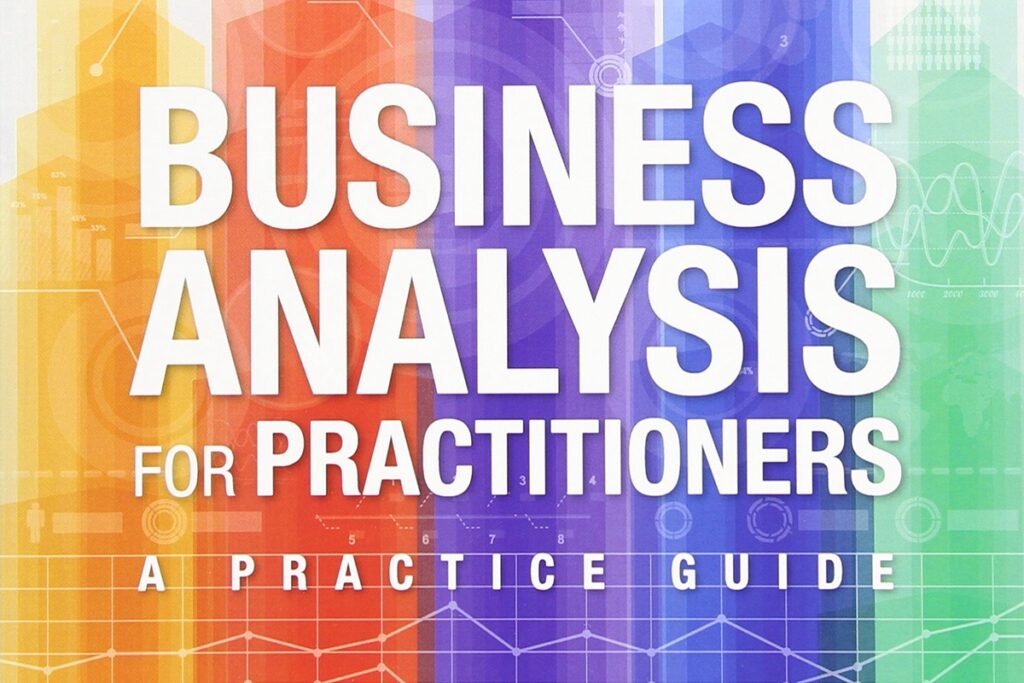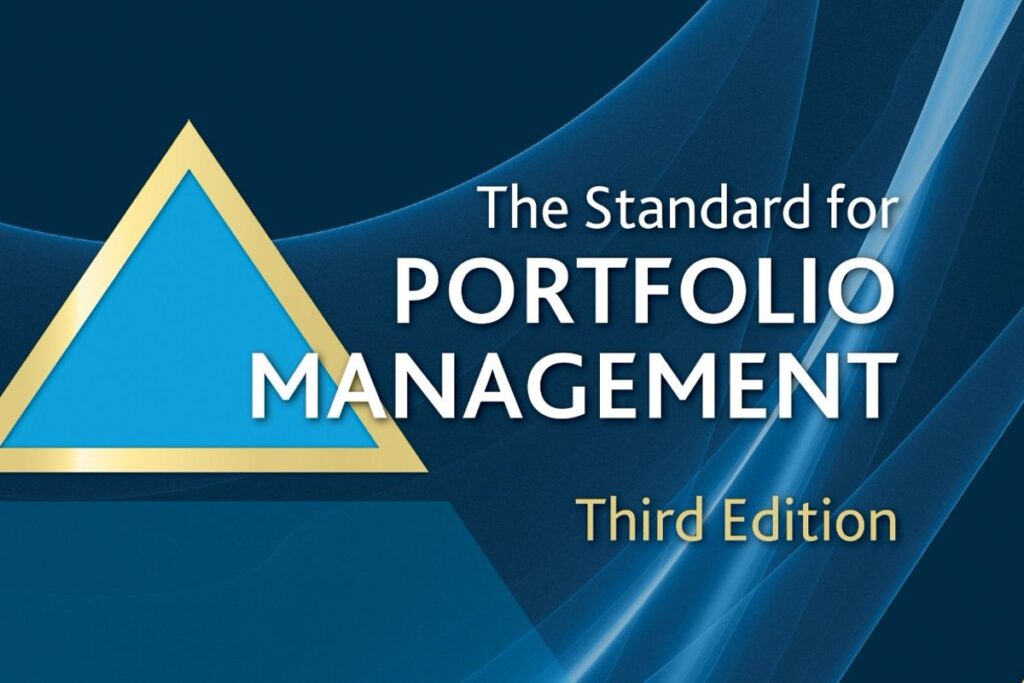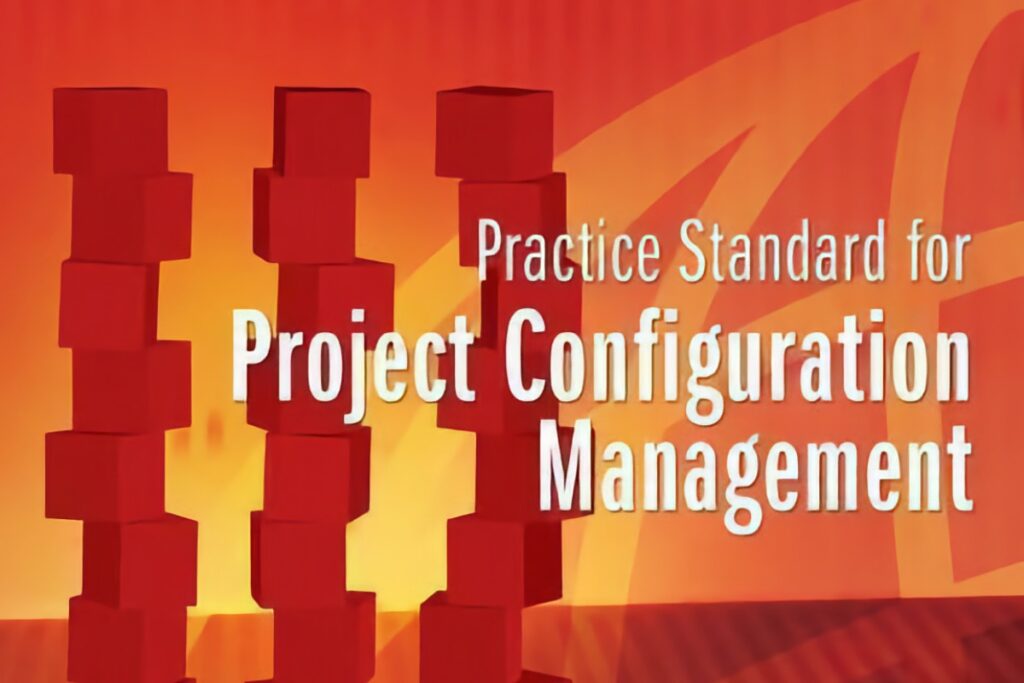In a project environment where ambiguity, evolving requirements, and stakeholder misalignment often derail even the best execution plans, strong business analysis has become essential. To address this need, the Project Management Institute (PMI) released Business Analysis for Practitioners: A Practice Guide in 2015, offering project professionals practical, step-by-step tools for capturing and managing requirements to deliver business value.
The guide serves as a bridge between business needs and technical execution, helping project managers, business analysts, and stakeholders collaborate more effectively throughout the project lifecycle.
Purpose and Audience
This guide is designed for:
- Project managers taking on business analysis responsibilities,
- Business analysts working in or alongside project teams,
- Product owners and solution designers seeking structured approaches to requirements management,
- Organizations aiming to embed formal business analysis practices into their project delivery models.
It focuses on practical application rather than theoretical frameworks, providing actionable tools, templates, and examples that apply across industries.
Structure of the Guide
The guide is organized around the five phases of the requirements lifecycle:
- Needs Assessment
- Identifying business problems, opportunities, and high-level stakeholder needs.
- Producing business cases and problem statements.
- Business Analysis Planning
- Determining the approach to gathering, analyzing, and managing requirements.
- Includes stakeholder analysis and communication planning.
- Requirements Elicitation and Analysis
- Gathering detailed requirements through techniques like interviews, workshops, observation, and document analysis.
- Validating and prioritizing requirements with stakeholders.
- Traceability and Monitoring
- Ensuring requirements are tracked from origin to implementation.
- Supports scope control, impact analysis, and change management.
- Solution Evaluation
- Assessing whether delivered solutions meet business needs and deliver the intended value.
Each phase is accompanied by tools, diagrams, examples, and key questions to guide practitioners in real-world scenarios.
Key Strengths
✅ Practical and Action-Oriented
Unlike some theory-heavy standards, this guide is toolkit-driven, providing templates, checklists, and case-based guidance to support real tasks.
✅ Project-Aligned
The guide complements PMI’s project management standards, especially PMBOK® Guide, making it an ideal reference for teams following structured delivery frameworks.
✅ Clear Definitions and Terminology
It introduces a consistent vocabulary, clarifying terms such as stakeholder needs, business requirements, functional requirements, and solution validation.
✅ Versatile Elicitation Techniques
Includes more than a dozen elicitation methods, such as:
- Brainstorming
- Focus groups
- Storyboarding
- Document analysis
- Prototyping
✅ Change-Friendly
The guide emphasizes traceability and adaptability, equipping teams to handle evolving requirements and changing business conditions effectively.
Limitations
❌ Limited Agile Integration
Although it supports iterative delivery in principle, the guide is more aligned with predictive models and lacks deep integration with agile roles (e.g., product owner, scrum team) and artifacts (e.g., user stories, epics, backlogs).
❌ Lacks Certification Track
Unlike PMI’s other standards (e.g., PMP, PMI-PBA), this guide is not directly tied to a certification path, which may limit its visibility or adoption within organizations.
❌ Light on Strategic Techniques
The guide focuses more on tactical activities like gathering and managing requirements than on strategic alignment, enterprise analysis, or business architecture.
Use Cases
Best suited for:
- Project managers and hybrid PM/BA roles in mid-size and enterprise organizations.
- PMOs looking to standardize requirements practices across teams.
- IT, healthcare, finance, and engineering projects where business needs must be clearly captured and validated.
- Teams working in hybrid delivery models blending waterfall and iterative methods.
Less suited for:
- Agile-native teams relying on product ownership models and dynamic backlog grooming.
- Strategic analysts focused on long-term business transformation initiatives.
Comparison with Other Standards
| Standard | Focus | Best For | Format |
|---|---|---|---|
| PMI Business Analysis for Practitioners | Tactical BA tools for projects | PMs and BAs in predictive/hybrid teams | Practical guide |
| PMI-PBA ECO + Exam Content | Certification-focused | Professionals seeking PMI-PBA® | Exam framework |
| BABOK (IIBA) | Broad, role-based BA practices | Career BAs across disciplines | Reference framework |
| PMBOK Guide | Execution of project scope | PMs managing delivery | Lifecycle/process guide |
Conclusion
Business Analysis for Practitioners: A Practice Guide is PMI’s most hands-on, accessible resource for project teams tasked with understanding and delivering on business needs. It brings clarity and structure to one of the most critical—and often misunderstood—areas of project success: requirements management.
For teams operating in structured or hybrid environments, this guide fills a critical gap between business intent and project execution. While it doesn’t fully address agile workflows or advanced strategic analysis, its tools, checklists, and phased approach make it a go-to resource for BAs and PMs seeking reliable, repeatable analysis practices.




